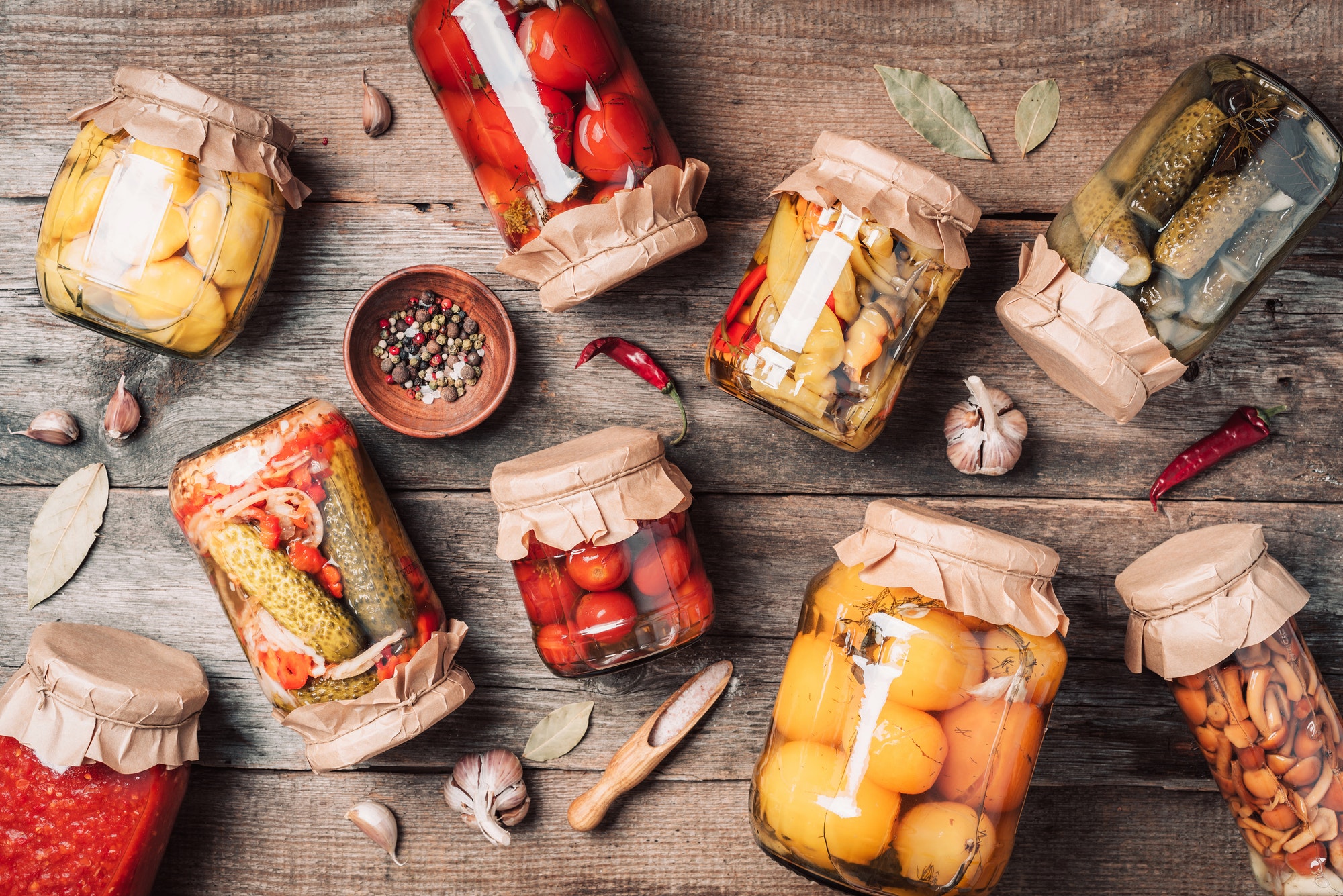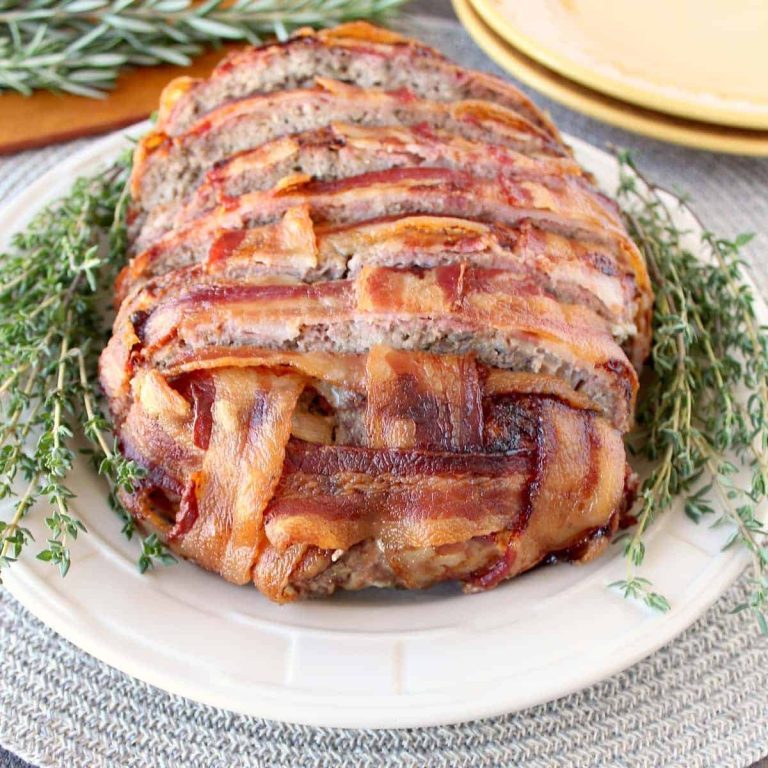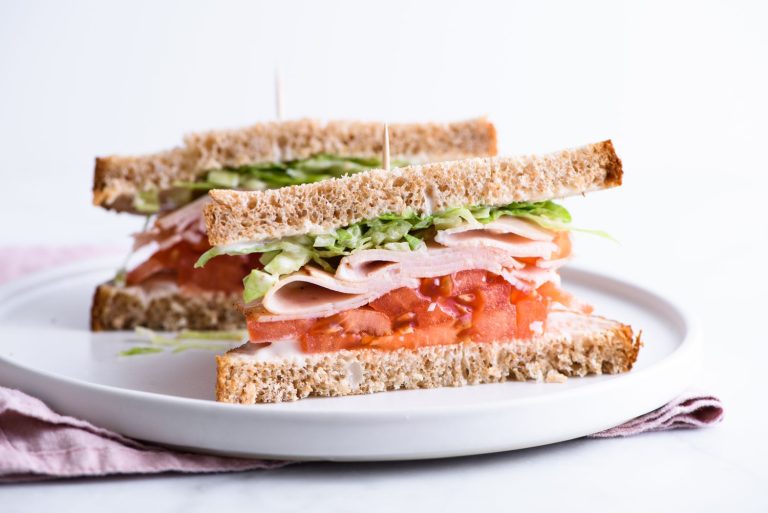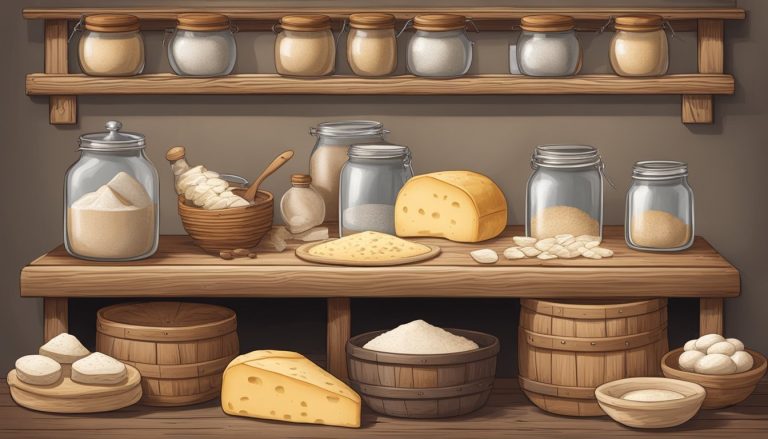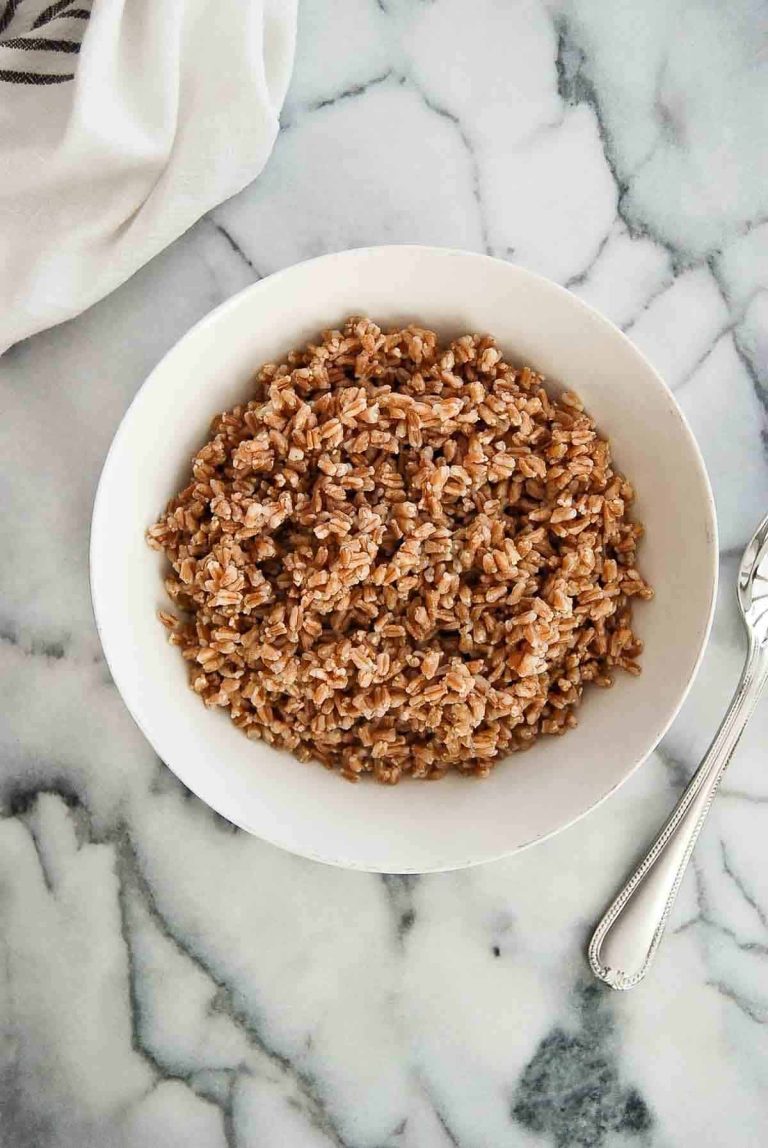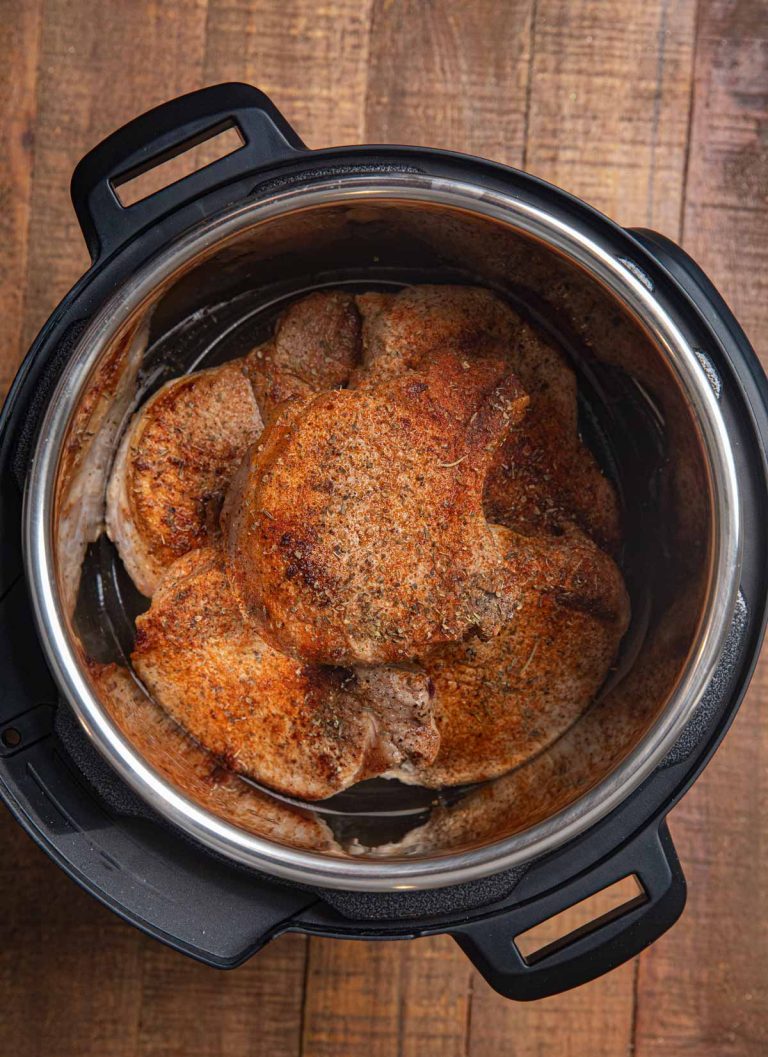Pickled Squash: History, Health Benefits, Recipes, and Storage Tips
Pickled squash has roots in ancient preservation techniques. Early civilizations preserved foods to extend their shelf life using methods like fermentation. Romans and Greeks documented various pickling processes, ensuring vegetables like squash retained their nutritional value and flavor. Traditional methods involved soaking squash in brine or vinegar solutions, often with herbs and spices, to create a tangy, flavorful product.
Evolution of Pickling Techniques
Pickling techniques evolved through the centuries, driven by cultural exchanges and technological advancements. In the 18th and 19th centuries, the arrival of new spices and vegetables expanded pickling possibilities. Canning, introduced in the early 19th century, revolutionized preservation by allowing for more controlled and consistent results. Today’s methods leverage modern equipment and precise recipes, yet many still follow the traditional brine or vinegar-based approaches, ensuring pickled squash remains both a culinary delight and a practical preservation method.
Health Benefits of Pickled Squash
Nutritional Value
Pickled squash offers a rich source of vitamins and minerals essential for your health. It contains Vitamins A, C, and B6, which support immune function and skin health. Pickled squash is also low in calories, making it a great addition to a weight-conscious diet without compromising on taste. The fiber content helps with digestion and can assist in maintaining a healthy gut. Essential minerals such as potassium and magnesium in pickled squash support muscle function and cardiovascular health.
Probiotics and Digestive Health
The fermentation process involved in pickling squash introduces beneficial probiotics. These probiotics can balance your gut flora, promoting better digestion and nutrient absorption. A healthy gut can improve your overall well-being, enhancing your immune response and even affecting mood regulation. Consuming pickled squash regularly can contribute to a healthier digestive system and reduce issues like bloating and constipation.
How to Make Pickled Squash at Home
Ingredients Needed
To make pickled squash at home, you need specific ingredients to ensure flavor and preservation of the squash. Gather the following:
- Squash (e.g., yellow squash or zucchini) – 2 pounds
- Vinegar (white or apple cider) – 2 cups
- Water – 1 cup
- Sugar – 1/4 cup
- Salt (pickling or kosher) – 2 tablespoons
- Mustard seeds – 1 teaspoon
- Dill seeds – 1 teaspoon
- Black peppercorns – 1 teaspoon
- Garlic cloves, sliced – 3 cloves
- Red pepper flakes – 1/2 teaspoon (optional, for heat)
Step-by-Step Guide
Follow this step-by-step guide to create delicious pickled squash at home:
- Sterilize Jars: Sterilize your canning jars by boiling them in water for 10 minutes to prevent contamination.
- Prepare Squash: Wash and cut the squash into thin slices or rounds, ensuring even thickness for consistency in pickling.
- Make Brine: Combine vinegar, water, sugar, and salt in a pot. Stir the mixture over medium heat until sugar and salt dissolve completely.
- Add Spices: Add mustard seeds, dill seeds, black peppercorns, garlic, and red pepper flakes to the brine. Bring the mixture to a boil, then remove from heat.
- Pack Squash: Pack the squash slices into the sterilized jars, leaving about 1/2 inch of headspace at the top.
- Pour Brine: Pour the hot brine mixture over the squash in the jars, covering the squash completely. Remove any air bubbles by tapping the jars gently or using a non-metallic utensil.
- Seal Jars: Wipe jar rims with a clean cloth, then place the lids on and tighten the bands securely.
- Process Jars: Process the filled jars in a boiling water bath for 10 to 15 minutes for long-term shelf stability. Adjust processing time based on altitude as needed.
- Cool and Store: Remove jars from the water bath and let them cool completely. Check seals; if sealed correctly, store in a cool, dark place for at least 2 weeks for flavors to develop.
By following these steps, you’ll create homemade pickled squash that enhances any meal with its tangy flavor and crisp texture.
Popular Recipes Using Pickled Squash
Appetizers and Salads
Incorporate pickled squash into your appetizers and salads for a burst of tangy flavor. A popular dish is Pickled Squash Crostini, where toasted baguette slices are topped with cream cheese, pickled squash slices, and a drizzle of honey. This combination offers a balance of creamy, tangy, and sweet flavors.
For salads, you can add pickled squash to a mixed greens salad. Combine lettuce, arugula, cherry tomatoes, and pickled squash slices, then top with a lemon vinaigrette. This mix enhances the salad’s texture and introduces a zesty kick.
Main Dishes
Elevate main dishes by incorporating pickled squash. One popular recipe is Pickled Squash Tacos. Fill soft corn tortillas with grilled chicken, pickled squash, avocado slices, and a sprinkle of cilantro. The pickled squash adds a tangy contrast to the savory chicken.
Another delicious option is Pickled Squash Stir-Fry. Sauté vegetables like bell peppers, onions, and broccoli with pickled squash slices. Add tofu or chicken, then toss in a soy-ginger sauce. The pickled squash infuses the dish with unique textures and flavors.
Storing and Preserving Pickled Squash
Best Practices for Longevity
You can ensure pickled squash lasts longer by following certain best practices. Store pickled squash in a cool, dark place to maintain its quality—ideal locations include cupboards and pantries. Use sterilized jars with airtight seals to prevent contamination and spoilage. Label jars with the date of pickling to monitor freshness effectively; most pickled squash stays optimal for up to 6 months. Refrigerate once opened to extend shelf life and keep the flavor intact.
Common Mistakes to Avoid
Avoid common mistakes when storing and preserving pickled squash. Do not store jars near direct sunlight, as light can degrade the pickle quality. Ensure lids are sealed correctly; improperly sealed jars allow bacteria growth, leading to spoilage. Use fresh, firm squash for pickling—soft or overripe squash can result in mushy textures. Avoid using metal lids that can react with vinegar, affecting the squash’s taste and safety.
Conclusion
Pickled squash is a versatile and delicious addition to any kitchen. By following the guide, you can easily make your own at home and enjoy its unique flavor in various dishes. Remember to store it properly for the best results and avoid common pitfalls to ensure your pickled squash stays fresh and tasty. Embrace this culinary tradition and elevate your meals with the delightful tang of pickled squash.
